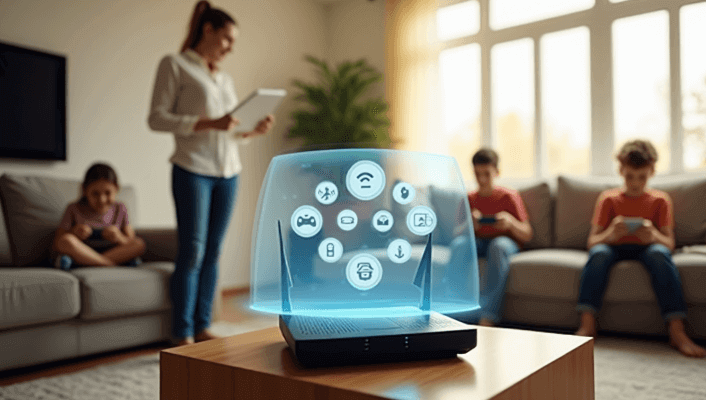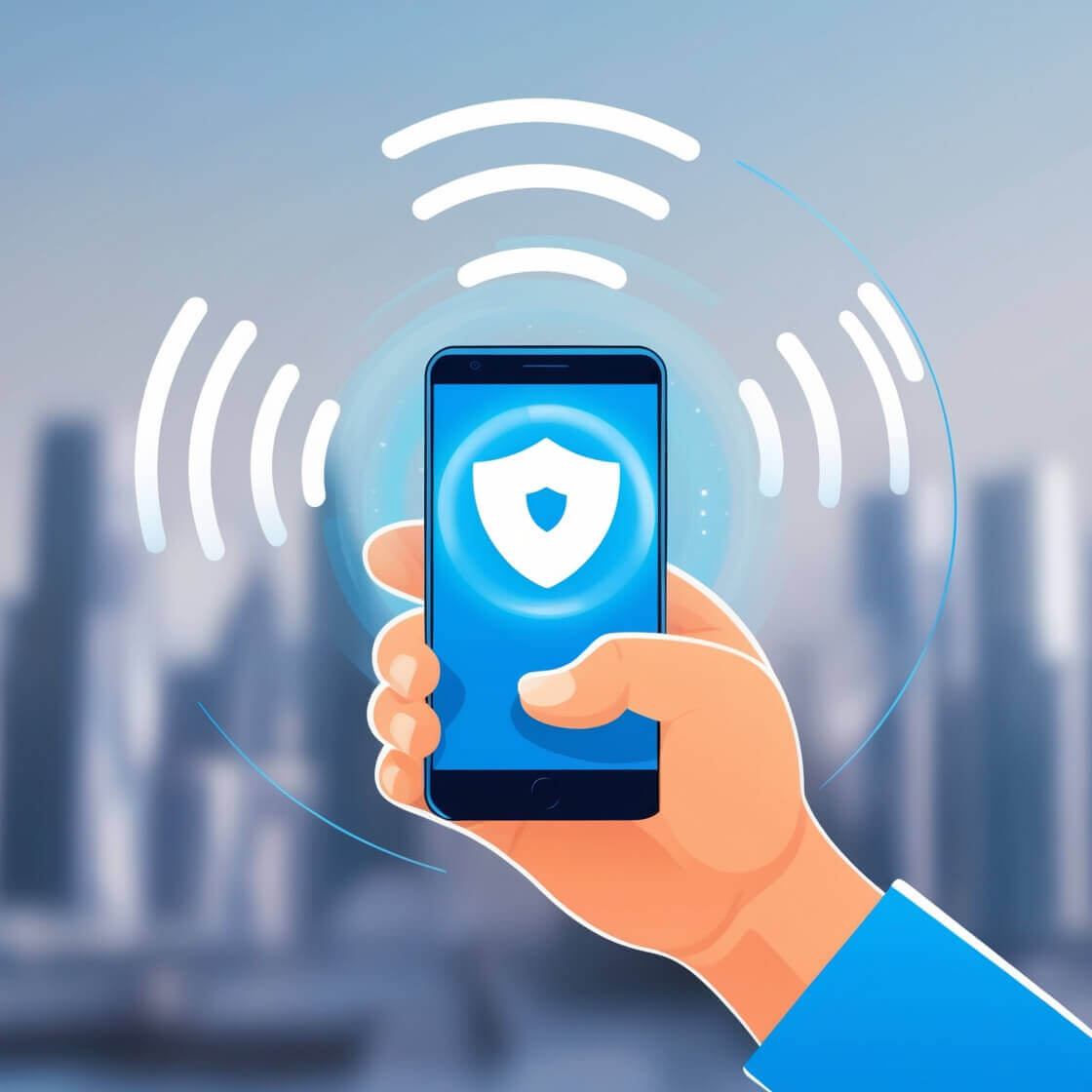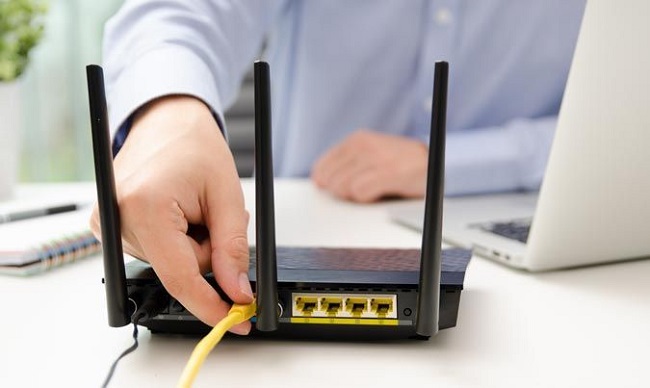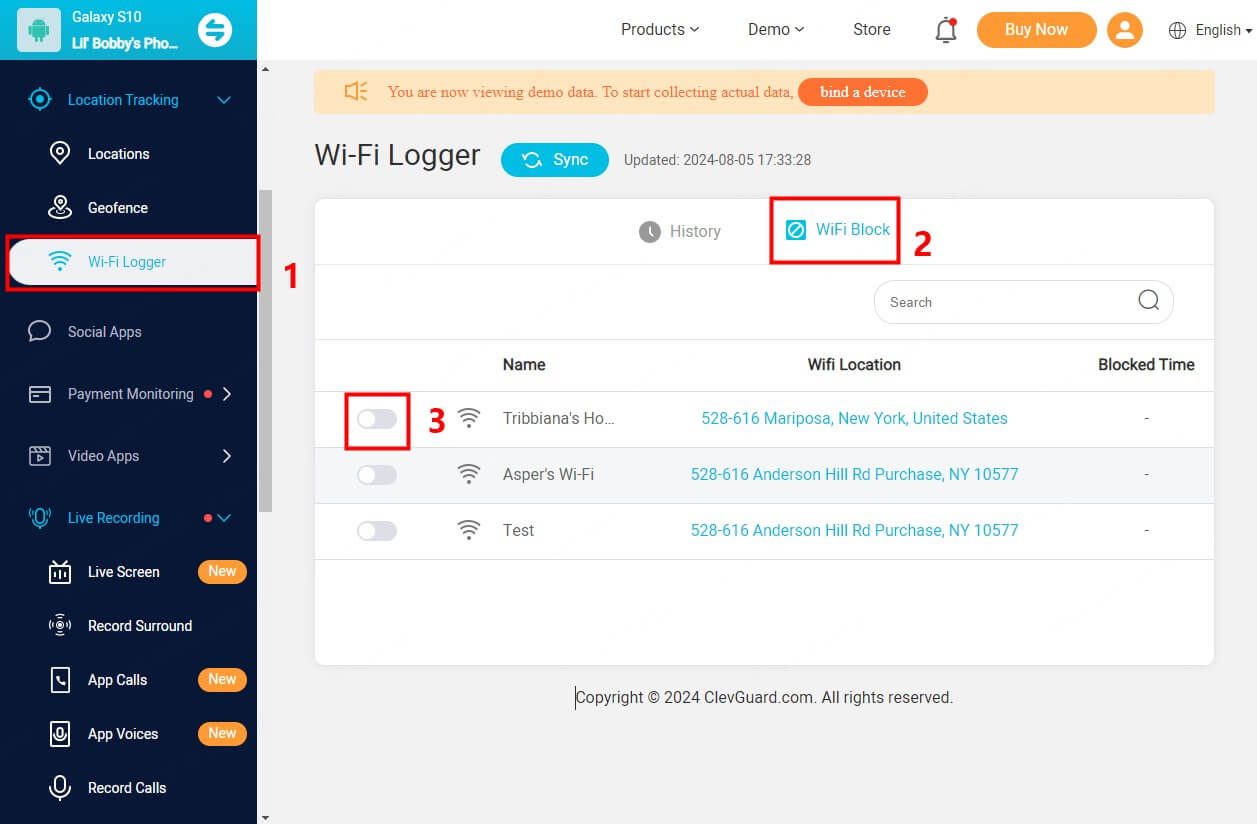ClevGuard Support: Monitor Devices with Others' Permission.
In a world where the internet is just a click away, keeping kids safe online can feel like a full-time job. Setting up a parental lock on WiFi transforms your home network into a safe digital playground where you’re in control of what they access and when.

Ready to take charge of your family’s online safety? Let’s dive into everything you need to know about how to set parental controls on internet effectively.
Wifi Control for Parents
Part 1: Benefits of Using Parental Lock on Wifi
Part 2: How Does Parental Control on Wifi Work?
Part 3: How to Set Parental Controls on Internet
- Using your WiFi router’s built-in controls
- Third-party Wifi control apps
- ISP-provided parental control services
Part 4: Advanced Tips for Effective Parental WiFi Controls
Part 5:Summary
Benefits of Using Parental Lock on Wifi
WiFi parental controls give you detailed protection and management features beyond basic internet restrictions. You'll make better decisions about your family's online safety when you know these benefits.

Here are the main advantages of setting up WiFi parental controls:
Digital safety boost: You can protect your children from inappropriate content, harmful websites, and online threats while they maintain their privacy.
Time management: You can set specific internet schedules to build balanced screen time and healthy digital habits.
Academic focus: You can create study hours by blocking distracting websites and apps during homework time.
Network resource control: You can watch and manage how different devices use bandwidth to stop excessive streaming or gaming.
Activity insights: You can learn about online behavior patterns to guide your children's digital development better.
Your parental controls can affect many parts of family life:
| Aspect | Benefits | Effects |
|---|---|---|
| Health | Screen time control | Better sleep patterns and less digital eye strain |
| Education | Focused study space | Better grades and concentration |
| Security | Safe browsing limits | Protection from cyber threats and harmful content |
| Family time | Balanced digital use | Better ground family interactions |
How Does Parental Control on Wifi Work?
The technical framework of WiFi parental controls will help you set them up better. These systems work through a mix of network filtering and access management protocols.
WiFi parental control has the following main parts that work together:
| Method | Description |
|---|---|
| MAC address filtering | Block or allow internet access based on the unique identifier of each device. |
| DNS filtering | Redirect internet traffic through a custom DNS server to filter websites based on keywords or categories. |
| URL Filtering | Block access to specific websites based on their URL |
| Time-based restrictions | Limit internet access to specific times of the day or week |
| QoS prioritization | Prioritize network traffic for specific devices or applications |
How to Set Parental Controls on Internet
You can set up parental controls on your WiFi network based on how comfortable you are with technology and what you need. Three different approaches help you manage internet access and each one comes with its own benefits.
Using your WiFi router’s built-in controls
Your router's built-in parental controls offer the quickest way to set up internet restrictions. Here's how you can configure these settings:

Step 1. Access your router's settings:
Open your web browser and enter your router's IP address in the address bar. This is usually found on a sticker on the router itself. Log in to your router's administrative interface using your username and password.
Step 2. Locate parental control settings:
Look for a section labeled "Parental Controls," "Access Control," or something similar. The specific settings may vary depending on your router's model.
Step 3. Configure parental control settings and save changes
You can set up the following restrictions on the Wifi router:
Device-based restrictions:
- Assign unique names to devices connected to your network.
- Set specific time limits for each device.
- Block access to certain websites or categories.
Time-based restrictions: Set specific time limits for internet access during certain hours or days.
Website filtering:
- Create a blacklist or whitelist of websites.
- Use built-in filters to block specific categories of websites (e.g., adult content, gambling).
Once you've configured your settings, save the changes.
Third-party Wifi control apps
Third-party applications provide improved functionality beyond basic router controls. These tools give you advanced monitoring capabilities and precise control options.
Among so many popular apps, KidsGuard Pro is a name that should be definitely mentioned. Aside from limiting when your kids can use Wifi, this comprehensive parental control app incorporates many useful features as follows:
Block Wifi access: Prevent certain devices from connecting to the home WiFi network
Track Wifi locations: Find children’s devices by locating the location of the WiFi
Wifi connection detail: Display Wifi names, start and end time, and online duration
Limit website access: Restrict access to specific websites
Monitor internet history: View browsing history across all devices connected to the Wifi
ISP-provided parental control services
Most Internet Service Providers now include detailed parental control solutions in their service packages. These built-in services give you network-level protection backed by expert support and continuous updates. ISP solutions come with these benefits:
Easy setup that configures automatically
Security updates that keep running
Help desk support whenever needed
Protection across your entire network
Smooth connection with current services
Advanced Tips for Effective Parental WiFi Controls
Advanced optimization strategies will improve your WiFi parental controls and make your network more secure and manageable. These techniques go beyond simple setup and will give a thorough protection for your family's online activities.
Set rules by age group or device
Many routers and parental control apps allow profiles for each family member. Parents can assign specific devices to these profiles and set unique filters, time limits, or website restrictions tailored to each child’s age.
For example, younger children may have access only to educational websites, while teens have broader access but with content filtering.
Define specific hours for internet use
Set daily or weekly limits on devices or specific activities, such as streaming or gaming. Many parental controls allow parents to assign “off” hours (e.g., 10 p.m. to 7 a.m.) when internet access is restricted, promoting good sleep habits and focused study time.
Restrict social media on WiFi
Many routers and parental control tools allow you to block access to popular social media sites, or to set specific hours for social media use, such as only allowing access after homework is completed.
Get alerts for attempted access to restricted content
Parental control apps often have alert features that notify parents via email or app notifications when restricted actions are attempted. For example, you may receive an alert if a child tries to visit a blocked website, connects a new device to the network, or surpasses screen time limits.
Conclusion
WiFi parental controls are great solutions for modern families to protect their children's digital life. These smart systems blend network filtering, time management and content analysis to create a safer online space for kids.
For parents who are looking for an app to put parental controls on Wifi for kids, KidsGuard Pro can be a good option. Take a look at how it can benefit your families right away!
FAQs about Parental Control on Wifi
Can parental WiFi controls slow down the internet?
Yes, parental controls can potentially slow down your internet connection. While they're designed to protect your family, the additional processing required to filter traffic, block websites, or limit usage can introduce some overhead, which might result in a slight decrease in internet speed.
What if my child tries to bypass WiFi restrictions?
Kids often try to get around restrictions by using VPNs, proxy servers, or other devices. If your kids try to bypass Wifi limits: watch network activities regularly; detect and block VPN usage; add restrictions on each device; apply rules consistently; and talk with your children about digital responsibility.
Is it possible to monitor specific online activity on my WiFi network?
Yes. You can track certain online activities through your router or parental control software. Most standard routers will show you connected devices and visited domains. However, they can't display specific search terms or private browsing content.








